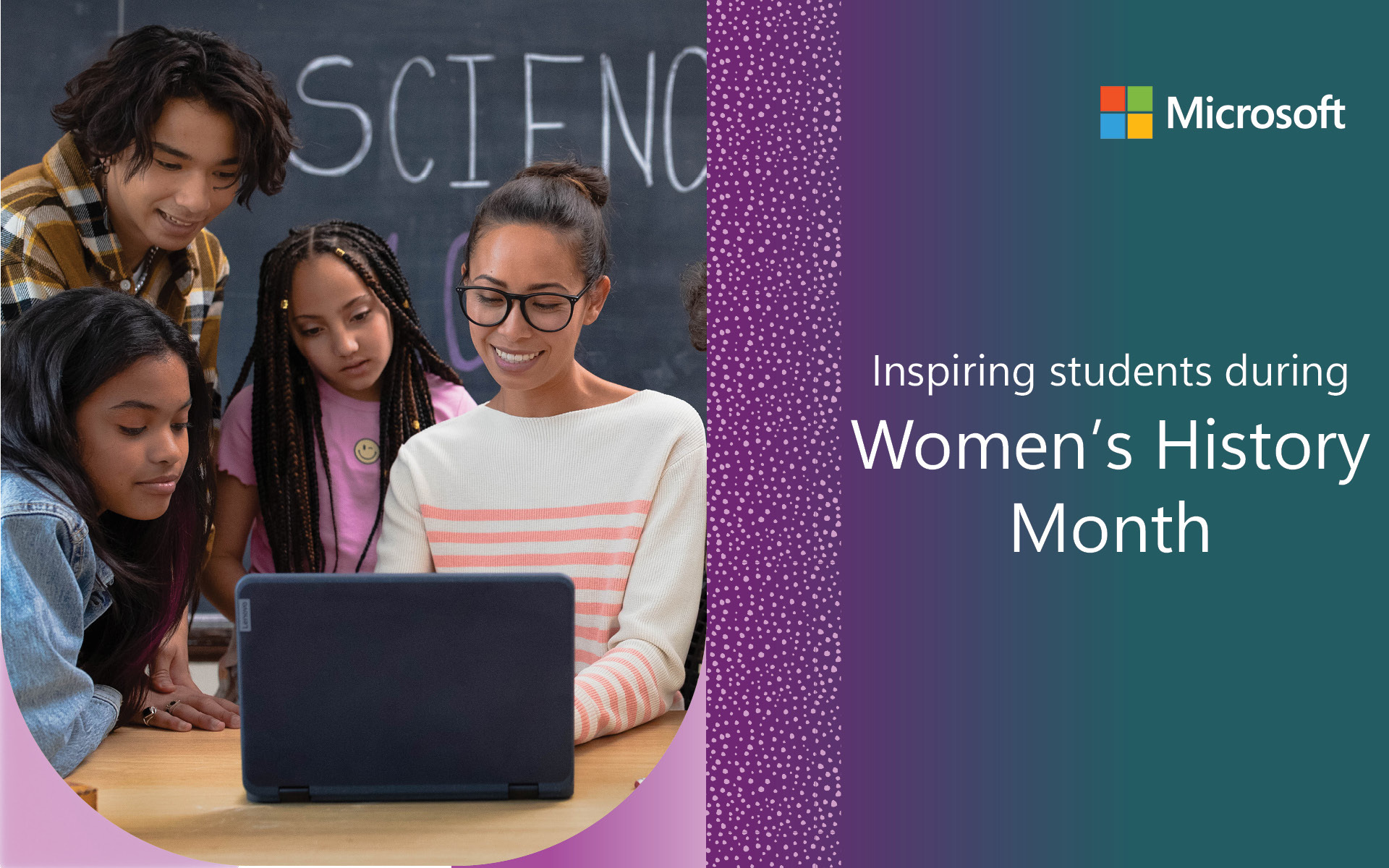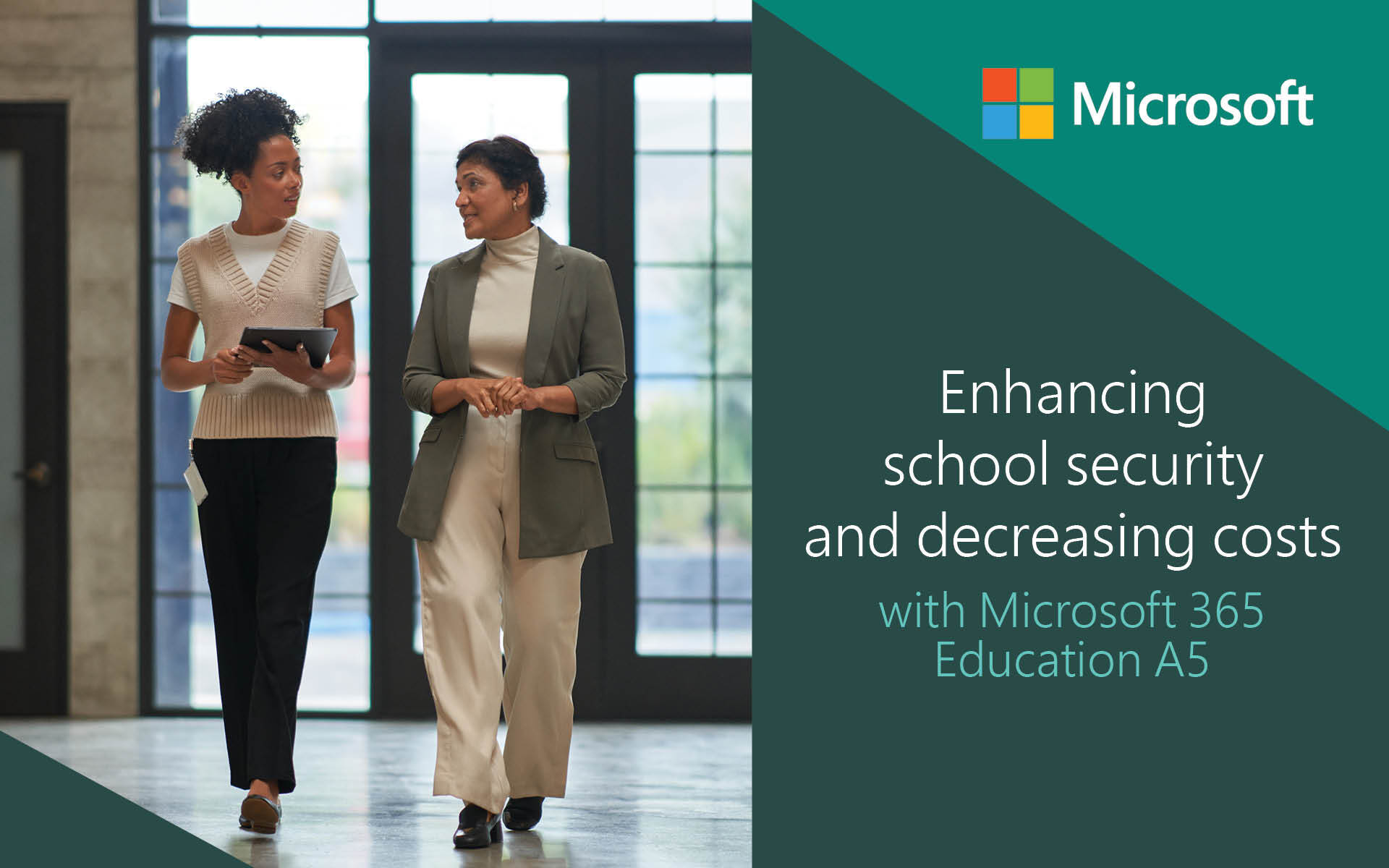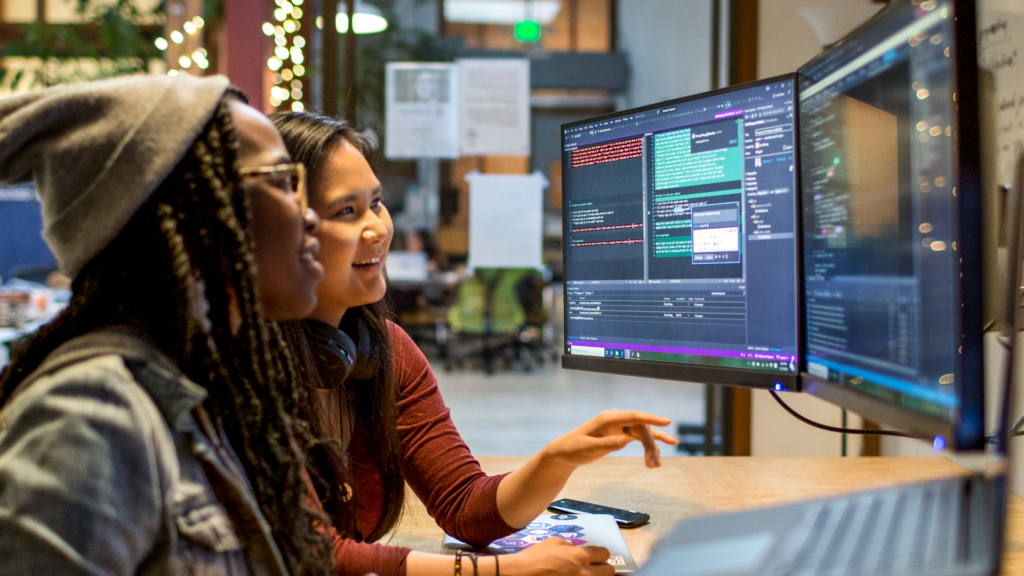
Explore insights from the AI in Education Report
The swift rise of generative AI is reshaping how schools approach creation, problem-solving, learning, and communication.
Drive innovative student engagement, transform operations, and ensure a secure, connected campus with tools and resources for higher education.


The swift rise of generative AI is reshaping how schools approach creation, problem-solving, learning, and communication.

AI is igniting enthusiasm in classrooms, department meetings, board rooms, and administrative offices across the country. For many, generative AI is changing what it means to create, solve problems, communicate, and even learn.

Each day, schools and universities face cyber threats from bad actors who want access to the sensitive data stored in education systems.

In 2023, Oregon State University (OSU) was at the forefront of innovation, securing more than $480 million in competitive research grants. However, the spring of 2021 brought a harsh realization: even the most prestigious institutions are not immune to cyber threats.

March is Women’s History Month in the United States, United Kingdom, and Australia, created to highlight the pivotal but often underrepresented contributions of women. As educators, you have the unique opportunity of bringing these stories to life in your classrooms.

College students have to navigate an array of requirements throughout their academic career.

If you had told 14-year-old Ashley Masters that one day she would be giving a speech in front of an audience of more than 500 people, she would not have believed it, “I had absolutely no confidence when I walked into high school,” she admits.

Over the last year, we have seen incredible innovation, resiliency, and adaptability around the intersection of AI technology and education.

With the rapid transition to digital learning and the increased need for device management in education institutions, we understand the importance of providing secure digital environments for all staff and students.

AI is changing the way our world works in real-time, and nowhere will this trend be more impactful than for the students who will inherit the future. The current wave of AI innovation is built on top of a foundation of data.

Last month, LinkedIn released their Future of Work Report and found that new AI tools have the potential to lighten workloads and help professionals, like educators, focus on the most critical parts of their job.

College is a major life transition for students as they take on greater responsibility for managing their schedules and fulfilling their academic and extracurricular obligations. Juggling classes, clubs, volunteering, work, sports, and internships can leave students feeling overwhelmed.